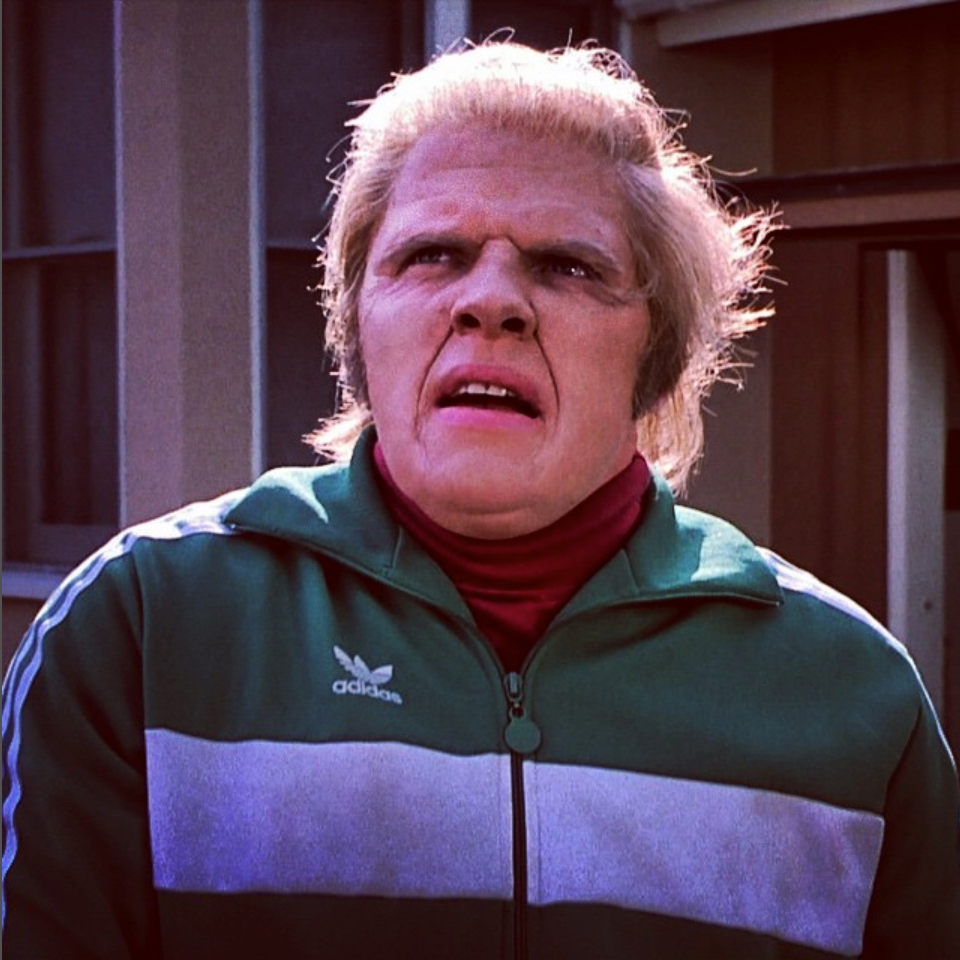When it comes to washing the clothes in my closet, not all textiles are created equal.
At the top of the heap, of course, are my dress clothes, neatly hung, dry-cleaned exactly to their label’s specifications and ready to spring into action at a moment’s notice — or the next time there’s a wedding sometime in 2026. After that, there’s my weekend/work shirts and pants, hung but not dry-cleaned, never tumble-dried and often laundered, followed by my T-shirts, undies and socks, which are just washed with soap and hot water and stuffed in a drawer.
Then, way, way, way below that, are my gym clothes.
Because they exist solely to collect your sweat — and when there’s no pandemic, the sweat of everyone else you’re sharing machines with at the gym — gym clothes are seemingly never clean, and certainly never smell entirely clean, no matter how much you wash them. (And thus, need to be stored far from every other item of clothing you own — the stinky drawer, if you will.)
It doesn’t, though, have to be this way. You CAN get your gear as clean as even your best dress shirt — and make it last longer, too — if you make a few key changes in the gym-clothes washing process.
But let’s start with the most important thing you should know — where all the nastiness originates from. In short, it’s “odor-causing bacteria, [which] come from body soils like sweat and dead skin cells that rub off us [and] form on the inside of clothes,” writes cleaning expert Jolie Kerr for the New York Times.
This is essential knowledge because it informs all the other steps to washing your gym clothes and keeping them super clean and fresh. Check it out…
Step One: The Dry Out
Want to win — or at least, put yourself in a position to win — the odor battle before it even starts? Air-dry all of your gym clothes the moment you’re done working out in them. A good hang on a shower bar or, ideally, a clothesline outside, will prevent bacteria from living and multiplying in the kind of warm, moist environment that’s crucial to their reproduction.
Step Two: Turn Everything Inside-Out
Kerr argues that, though your clothes are probably saturated with sweat, it’s the inside of them you really need to worry about. After all, that’s the part that’s in direct contact with your body, and, again, where dead skin cells and other dirt and grime are going to collect. In other words, exposing the inside of your compression shorts or your muscle tank to your washing machine’s agitator is going to go a long way to ensuring their cleanliness when it’s all over.
Step Three: Choose Your Fighter
You know what kind of environment bacteria really doesn’t like? A vinegar-y one. That’s why some experts recommend you either pre-soak your garment in a vinegar solution (go for equal parts vinegar and cold water for best results) for 30 minutes before washing, or add a half-cup of vinegar to your wash’s rinse cycle. If vinegar is scarce in your house or you don’t like the smell, there are some special sports detergents you can buy that are specially formulated to tackle rankness.
Step Four: Cold as Ice
Bacteria and odors aren’t completely to blame. Constant use followed by constant laundering means the delicate structure of your gear is under frequent assault. Hot water washes will break down the elastic in both the waistbands of your shorts and in your compression pants and shirts, and a hot dryer — where temperatures can reach a balmy 180 degrees — are even more of a stretch killer. So instead, wash on cold, and then air-dry. Your gym shorts, shirts and pants won’t only keep their shape for a lot longer, but they’ll smell better, too.
Congratulations! Assuming you’ve followed these carefully laid-out steps, you’ll have graduated to the position of Expert in the Laundering Arts. And more importantly, you saved a separate dresser drawer from being the only place you can put your odorific gym clothes.
Now go ahead and fill it with tax paperwork and old receipts — that’s what I did, at least.

